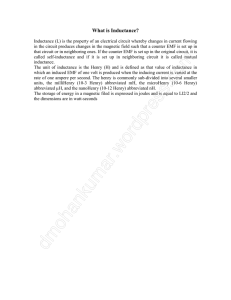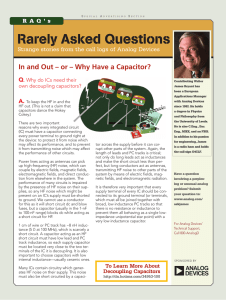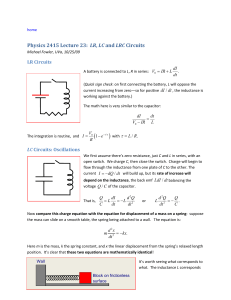Phy 132 - Assignment 11: A.
advertisement
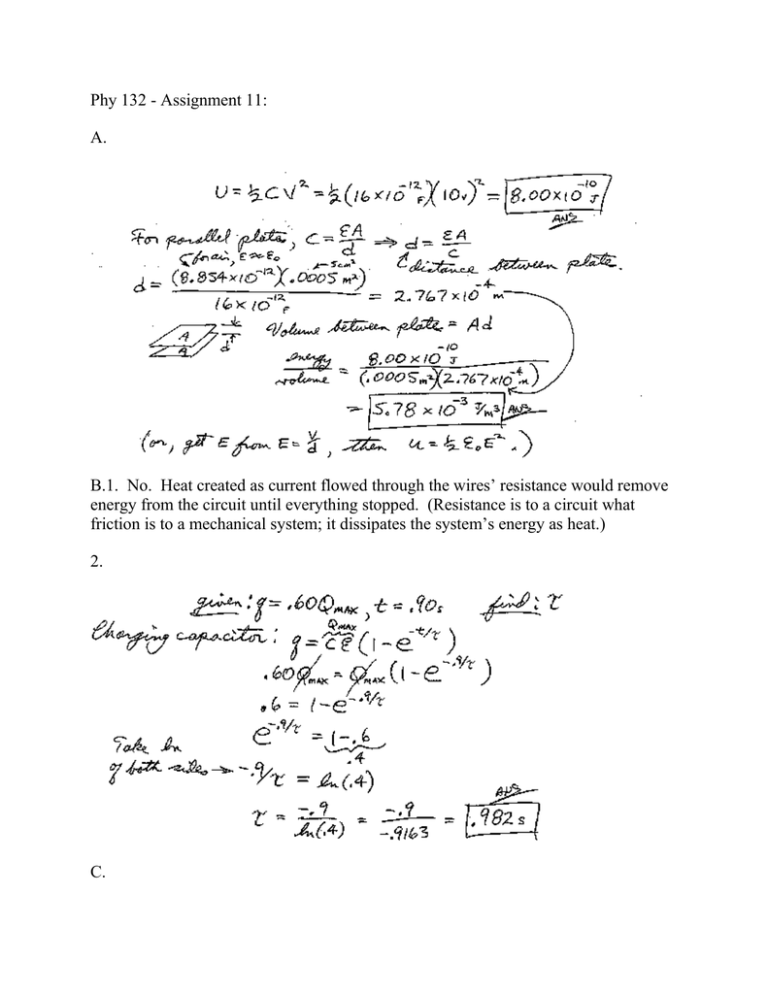
Phy 132 - Assignment 11: A. B.1. No. Heat created as current flowed through the wires’ resistance would remove energy from the circuit until everything stopped. (Resistance is to a circuit what friction is to a mechanical system; it dissipates the system’s energy as heat.) 2. C. D.1. 8.00 mH. Inductance is a fixed property of the coil, depending on size, number of windings, and so forth. (The usual mistake here is to confuse inductance with induced emf. The final emf is zero, but that’s not what the question asks.) 2. E. a. Total = capacitor’s energy + inductor’s energy = + ½ L I2 At t = 0, I = 0 (Because the switch just closed, no current has had time to build up.) So, total energy = = = 6.56 J (The question asked for the total energy at t = 2 ms, and that’s the total at t = 0. But because of conservation of energy, the total doesn’t change.) b. The charge in the capacitor is q = Qmaxcos(ωt + ) Qmax is the initial 105 μC it had before it began to discharge. ω= √ = = 18993 rad/s √ = 0 because the switch was closed at t = 0. So, at t = .002 s, q = (1.05 x 10-4 C) cos [(18993)( .002)] = (1.05 x 10-4 C) cos [37.99 rad] = (1.05 x 10-4 C)(.9591) = 1.007 x 10-4 C = = 6.04 J F. 1. Decreases. More voltage means more charge on the capacitor (Q = CV), which means more repulsion for additional charge trying to flow in. Eventually, the current completely stops. 2. 3.
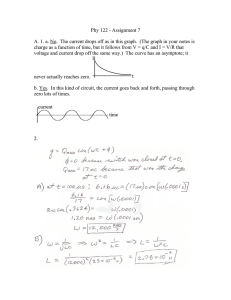



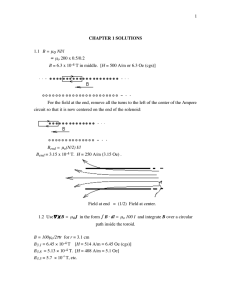
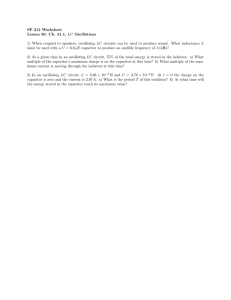
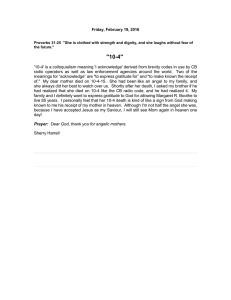
![Sample_hold[1]](http://s2.studylib.net/store/data/005360237_1-66a09447be9ffd6ace4f3f67c2fef5c7-300x300.png)

